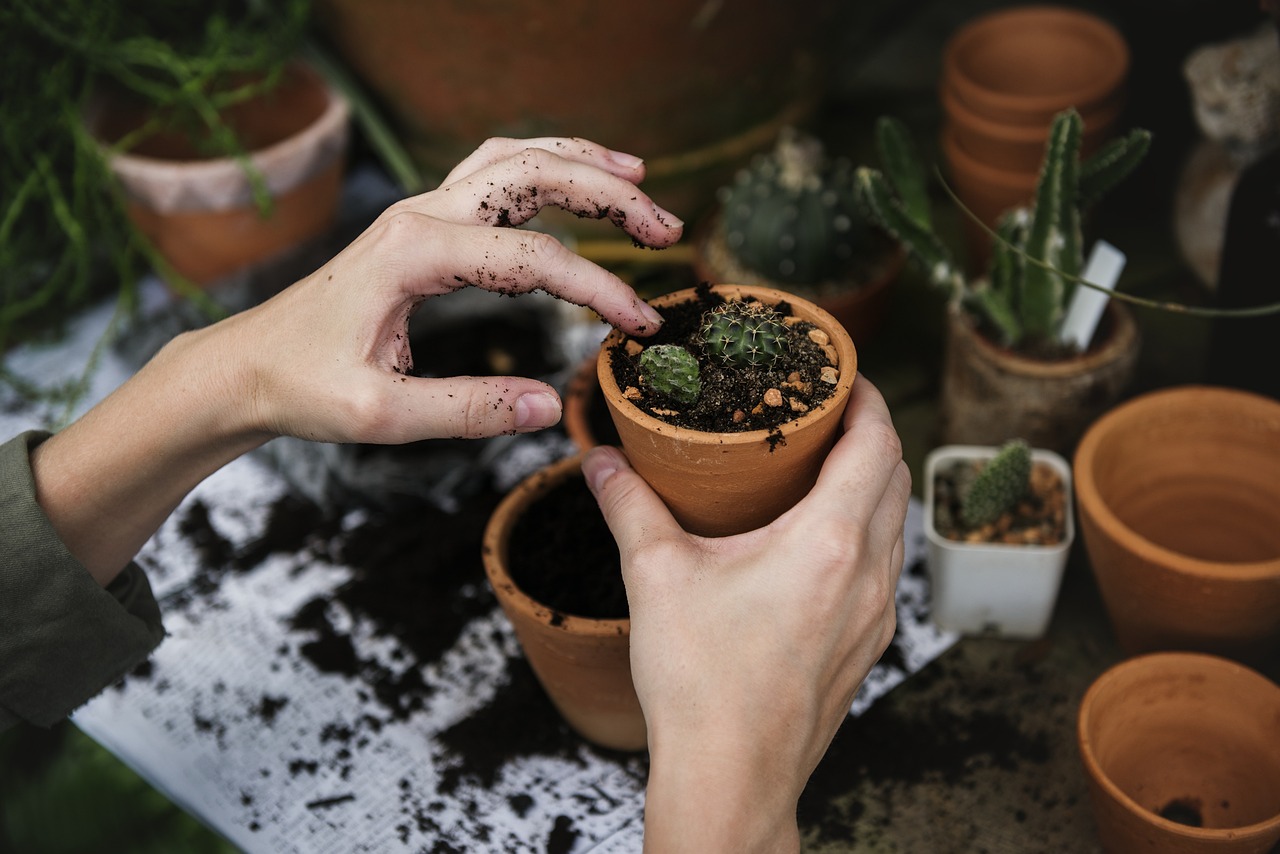Layered light strategies for indoor plants in north-facing rooms
North-facing rooms offer cool, indirect light that can be ideal for many shade-tolerant houseplants but requires thoughtful adjustments to support a wider range of species. Layered light strategies blend reflective surfaces, targeted fixtures, and plant placement to improve growth without major renovations. This article outlines practical steps to help plants thrive in dimmer interiors.

North-facing rooms provide steady, diffuse light rather than direct sun, so the approach to indoor gardening emphasizes making the most of available photons and minimizing stressors such as excess moisture or poor air flow. Start by assessing the light pattern through the day, noting bright corners and persistently shaded spots. From there, combine subtle architectural changes, plant selection, and maintenance routines so plants receive even, consistent light, balanced soil conditions, and appropriate watering schedules tailored to lower-light growth rates.
Landscaping ideas to boost reflected light
Apply small-scale landscaping principles indoors to redistribute light. Painting trim or walls in light, neutral tones and using glossy or satin finishes helps reflect more daylight into the room. Arrange larger pots and furniture to reduce shading of plant groups, and place mirrors or light-reflective panels opposite windows to direct diffuse light deeper into the space. Group plants with similar light needs to create microclimates; this reduces the need to relocate specimens frequently and makes efficient use of limited natural illumination.
How awnings and sensors can stabilize light exposure
Translucent interior awnings or lightweight shades can control drafts and diffuse brighter moments without blocking all daylight. Exterior awnings that still allow reflected light can be useful if harsh afternoon glare is an issue, though north-facing windows generally receive less direct glare. Light sensors paired with programmable fixtures let you supplement light only when needed, maintaining consistent daylength for flowering or herbs while conserving energy. Automated setups ensure plants receive a reliable photoperiod even on cloudy winter days.
Soil health and irrigation practices for lower light
In reduced light, plant growth and water demand are lower, so soil health and drainage become critical to avoid root problems. Use a well-draining potting mix amended with compost or slow-release organic matter to balance moisture and nutrients. Add perlite or pumice to improve aeration. Adjust irrigation frequency to slower rates: water thoroughly but less often, and allow the top layer to dry slightly between waterings. Consider moisture sensors to guide timing and prevent overwatering, which is a common issue in cooler, dimmer interiors.
Vertical planting and upcycling to increase exposure
Vertical planting brings foliage closer to window planes and maximizes light per square foot. Install multi-tiered shelving, wall-mounted planters, or hanging systems so upper layers capture the best light while lower plants benefit from reflected brightness. Upcycling old furniture or glass containers as plant stands and reflective surfaces can be an economical way to add height and bounce light. These solutions expand display options without major renovations and encourage creative reuse of materials.
Pruning, mulch, and companion planting for balanced growth
Regular, selective pruning opens canopies so light reaches inner leaves and lower stems; remove dead or congested growth to improve airflow and light penetration. A thin layer of mulch on container surfaces minimizes moisture loss and moderates temperature around roots. Companion planting pairs taller, shade-tolerant foliage with smaller herbs or groundcover species that share similar moisture and light needs; thoughtful pairings reduce competition and can help maintain humidity and soil structure in groupings.
Selecting herbs, supporting pollinators, and indoor bioretention ideas
Some herbs such as chives, mint, and parsley tolerate cooler, indirect light with modest supplemental illumination. Indoor setups can also include aromatic plants that attract occasional beneficial insects if windows are opened, though active pollinator populations are limited indoors. Bioretention concepts translate to containers through layered substrates—coarse drainage at the base, active potting mix above—to improve filtration and water retention. These strategies promote healthier root zones and more resilient plants within north-facing rooms.
Conclusion Layered light strategies combine subtle environmental adjustments and solid horticultural practices to help plants thrive in north-facing rooms. By enhancing reflected light through landscaping choices, stabilizing conditions with awnings and sensors, prioritizing soil health and measured irrigation, and using vertical planting and upcycling, you can create varied microhabitats suited to a wider range of species. Pruning, mulch, and companion planting further refine growth, while careful selection of herbs and indoor bioretention techniques support ongoing plant health in cooler, indirect light conditions.





